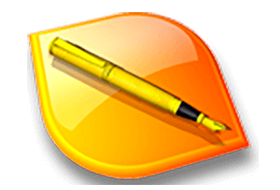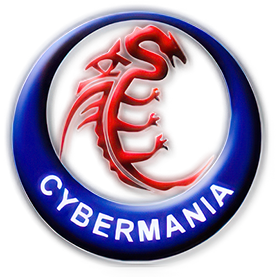
Why is 010 Editor so powerful? Unlike traditional hex editors which only display the raw hex bytes of a file (1), 010 Editor can also parse a file into a hierarchical structure using a Binary Template (2). The results of running a Binary Template are much easier to understand and edit than using just the raw hex bytes.
010 Editor: Pro Text Editor
- Edit text files, XML, HTML, Unicode and UTF-8 files, C/C++ source code, PHP, etc.
- Unlimited undo and powerful editing and scripting tools.
- Huge file support (50 GB+).
- Column mode editing.
010 Editor: World’s Best Hex Editor
- Unequalled binary editing performance for files of any size.
- Use powerful Binary Templates technology to understand binary data.
- Edit 160+ formats.
- Find and fix problems with hard drives, memory keys, flash drives, CD-ROMs, etc.
- Investigate and modify memory from processes.
Binary Templates – Hex Editing to a New Level
Why is 010 Editor so powerful? Unlike traditional hex editors which only display the raw hex bytes of a file (1), 010 Editor can also parse a file into a hierarchical structure using a Binary Template (2). The results of running a Binary Template are much easier to understand and edit than using just the raw hex bytes.
- Binary Templates are easy to write and look similar to C/C++ structs except they may contain if, for, or while statements as well as functions or complex expressions.
- Powerful enough to parse almost any binary file format.
- Can be set to run automatically when files are opened.
Analysis Tools – Drill into your Data
A number of sophisticated tools are included with 010 Editor for analyzing and editing binary files:
- Full Find, Replace, Find in Files, and Replace in Files functionality for many different data types.
- Powerful Binary Comparison tool for analyzing byte-by-byte differences between two files.
- Use the Histogram tool to count byte occurrences and visualize data.
- Computes Check Sum/Hash Algorithms including CRC-16, CRC-32, Adler32, MD2, MD4, MD5, RIPEMD160, SHA-1, SHA-256, TIGER, etc.
Scripting – Automate your Editing
|
…plus much more.
- Powerful Workspace view including file explorer.
- Convert data between ASCII, EBCDIC, Unicode, UTF-8, etc.
- Inspector allows data to be quickly interpreted in different formats.
- Mark important bytes using Bookmarks.
- Full integrated expression calculator.
- Apply Highlighting rules to identify bytes in a file.
- Import or export data in Intel Hex Format, Motorola S-Records, Hex Text, C/C++/Java Code, Base64, Uuencoding, RTF, or HTML.
- Printing with full print preview, headers, footers, and margins.
Version 15.0.2 – March 31st, 2025
– Fixed synchronized scrolling was not working properly when using the compare results.
– Fixed a crash when deleting a block in certain XML files.
– Fixed selecting a very large array in the Template results was slow in certain cases.
– Fixed importing templates/scripts transforms slashes to the correct platform.
– Fixed an error message related to comparing types when using the RunTemplate function.
– Fixed an issue with name functions not working for certain unoptimized arrays.
– Fixed an error message when entering an invalid watch statement.
Special thanks to RADiXX11 keygen
Registered using serial. Program untouched.
6 June 2022 – Added block Host
(Registered Silent Install Repack) x86 Block host
Download
(Registered Silent Install Repack) x64 Hook from neommc

One thought on “SweetScape 010 Editor 15.0.2”
Thank you very much………………………….